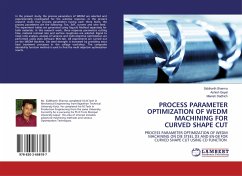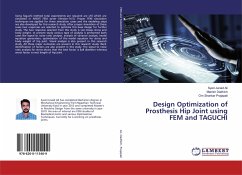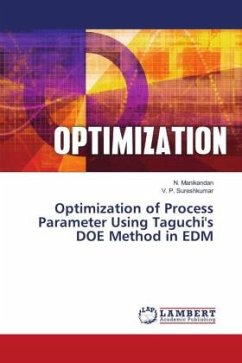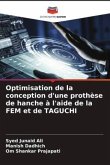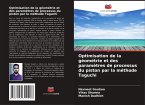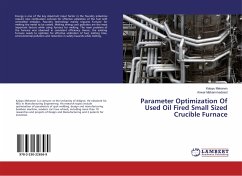In this research work piston design optimisation is performed using DOE methods and simulates using Ansys FEM software. DOE method Taguchi is selected for design of experiments for this research work. Total five factors which are following material of piston, crown temperature of piston, gas pressure of piston, thermal coating of crown head and last factor is geometrical design of piston. Each factor have four level. Orthogonal array for 16 experiments are solved for research study. All 16 experiments are solved using Ansys FEM software. Two response parameters named thermal stress and deformation is selected for this research work. Signal to noise ratio analysis is performed for both responses and rank of factor and best case is identified for this study. In both cases factor design and temperature of crown surface is most identical and best boundary condition for piston design optimisation. Analysis of variance is also performed for this research study and non-linear modelling equation is generated with approval of adequacy check for these modelling equations. Composite desirability function is used to modify the optimum analysis for both responses named stress and deformation.


